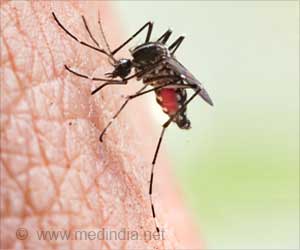Scientists have warned of a 'toxic time bomb' ticking away near one of the world's largest copper mines in Papua New Guinea, which they say is a potential environmental disaster waiting to happen.
One of the world’s largest copper mines is found in the tiny nation of Papua New Guinea. But this mine also houses what scientists call a 'toxic time bomb' – which they warn will be a potential environmental disaster of huge proportions.
According to a report by ABC News, Melbourne-based river scientist Dr Ian Campbell is concerned about large areas downstream from Papua New Guinea's Ok Tedi mine being affected by acid mine drainage.Campbell said that sulfur-laden mine waste has built up in and around the Fly River, and if the river's floodplains dry out, this could trigger a mass poisoning of animals and plants.
He added that if the sediments dry out and are exposed to oxygen, the sulfur will oxidize and create sulfuric acid, which dissolves toxic metals and creates a long-term toxicity.
According to Campbell, his reading of company data suggests around 150 square kilometers of the Fly River floodplains, downstream from the Ok Tedi mine could be potentially affected by acid mine drainage.
As part of the solution, the Ok Tedi mine is in the process of storing extracted sulfur from the mine waste in a pit on the floodplain of the Ok Tedi River, just upstream from its junction with the Fly River.
But, according to Campbell, this could compound the problem if the river changes its course and cuts into the pit, releasing a pulse of sulfur into the river.
Advertisement
Environmental engineer Dr Gavin Mudd of Monash University, who specializes in mine waste management, said a number of research papers have "played down" the acid mine drainage problem.
Advertisement
"I think that's a much more realistic assessment of the nature of the problem at Ok Tedi," he said.
Mudd said that there is scientific controversy over how the mine waste will behave in the river, and whether calcium carbonate - either naturally occurring or deposited with the waste - can prevent acid from forming.
Both Mudd and Campbell have said that the water level in the river is currently artificially high because of the accumulated sediment in the river bed.
"In the future. this area will dry out maybe in 10 years, maybe in 100 maybe in 1000 - but whenever that happens this will cause a major problem for the floodplain and those that depend on it," said Campbell.
Source-ANI
TAN/M









